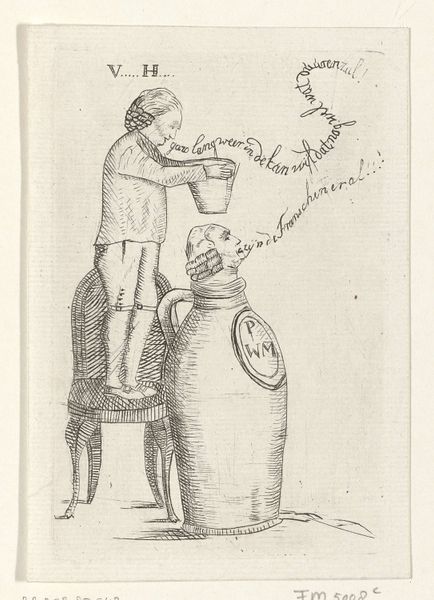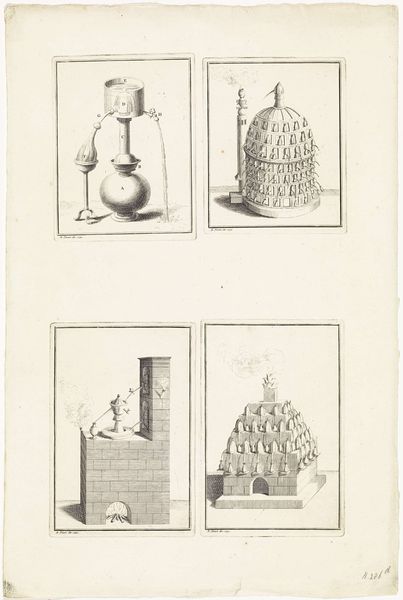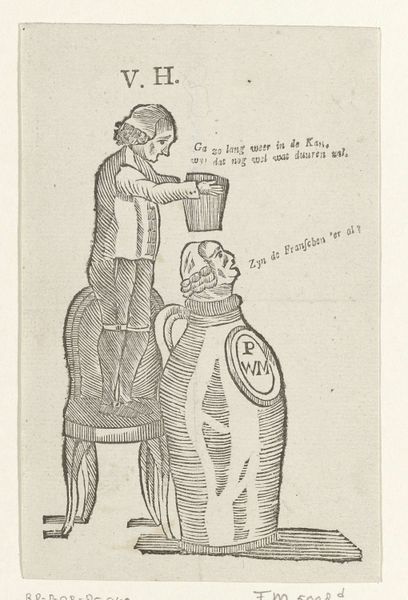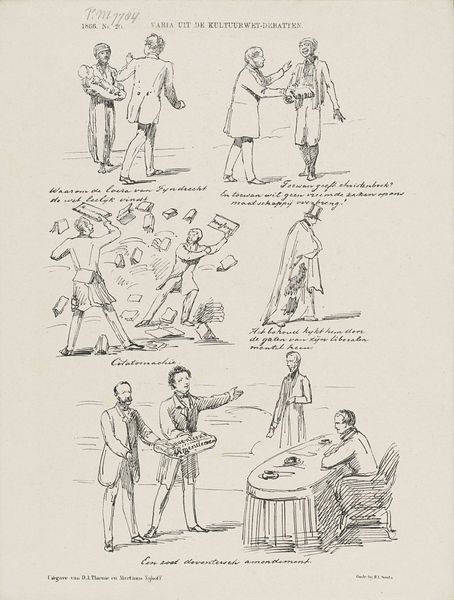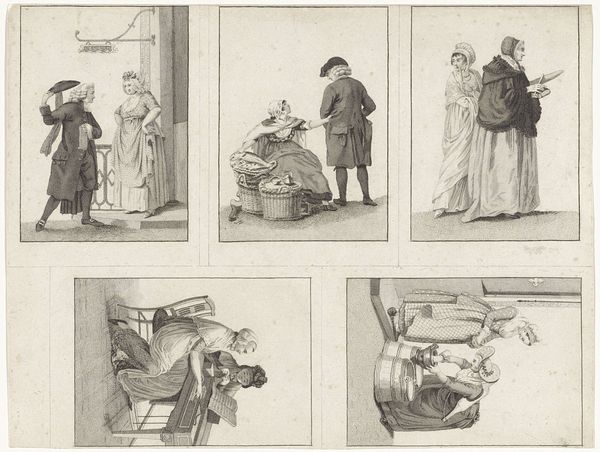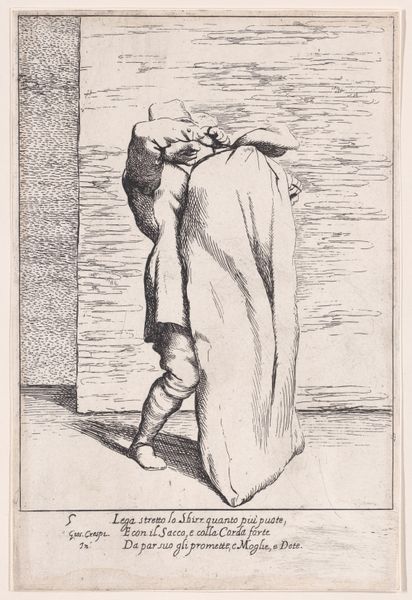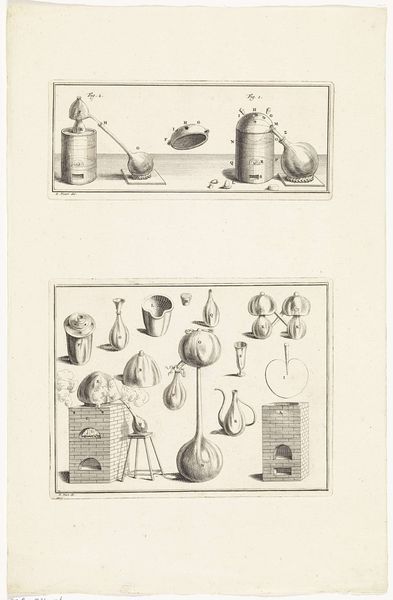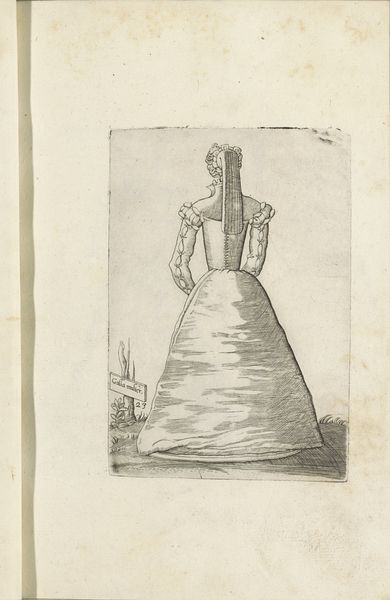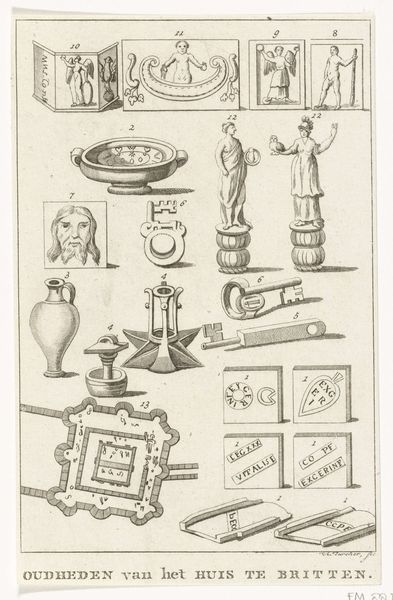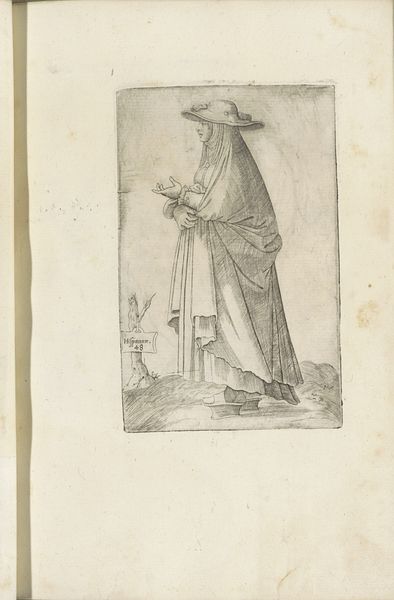
print, engraving
#
portrait
#
baroque
# print
#
old engraving style
#
traditional media
#
history-painting
#
engraving
Dimensions: height 327 mm, width 211 mm
Copyright: Rijks Museum: Open Domain
Bernard Picart created this print, "Representations of a Persian Priest," sometime between 1696 and 1733. It offers a window into European perceptions of non-Western religious practices during the early modern period. Picart's depiction reflects the era’s fascination with, and often misinformed understanding of, Zoroastrianism, an ancient Persian religion. Notice the priest's elaborate attire and the sacred fire, central to Zoroastrian rituals. Below, there are studies of the priests faces. The covered mouths might symbolize reverence or a desire to prevent the breath from contaminating the sacred fire. It’s important to consider how images like these contributed to the construction of cultural identities, both for Europeans and for those they depicted. What impact might it have on Persian identity to have their practices viewed through the lens of an outsider? It prompts us to reflect on the power dynamics inherent in representation and the importance of understanding cultural practices within their own contexts.
Comments
No comments
Be the first to comment and join the conversation on the ultimate creative platform.
